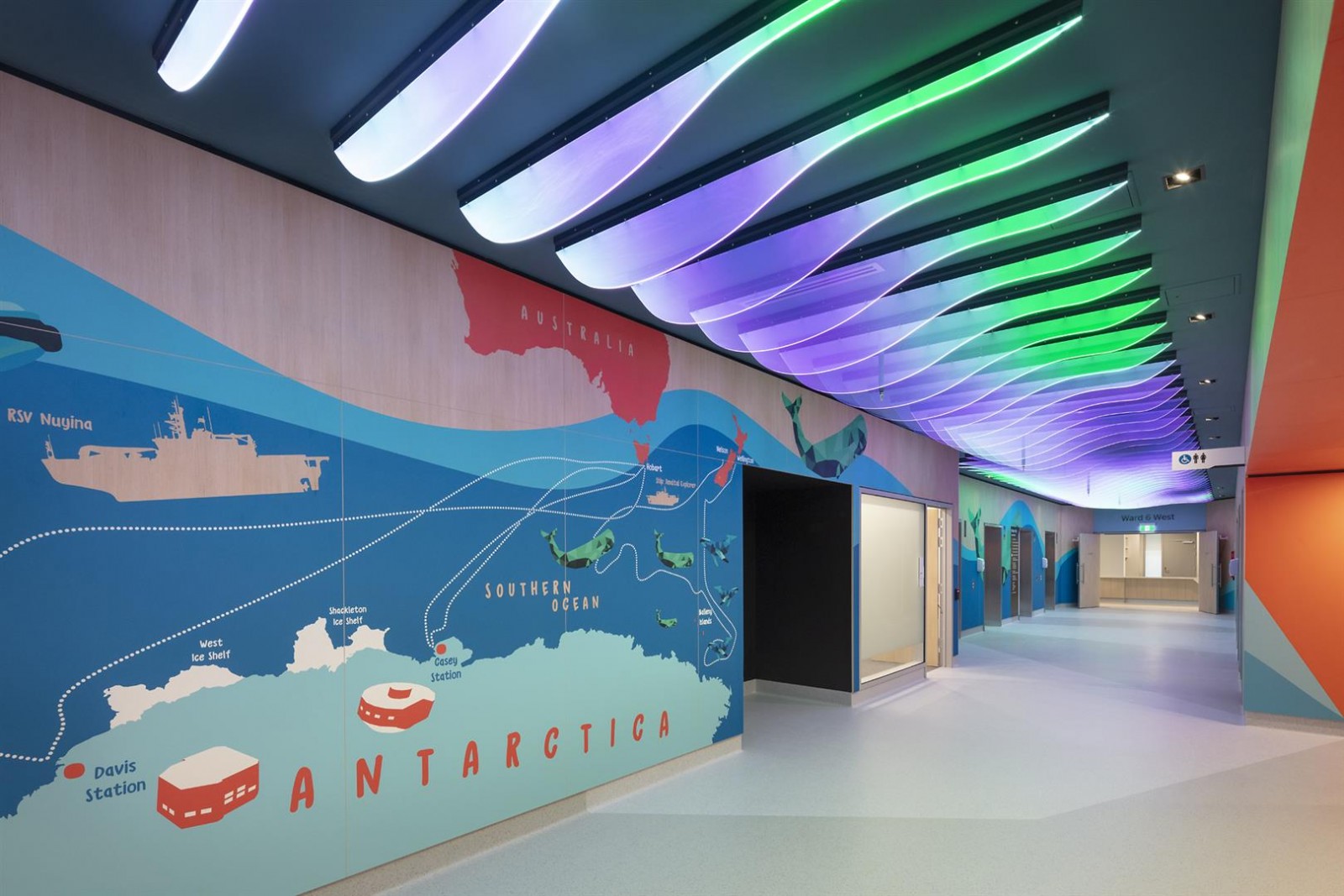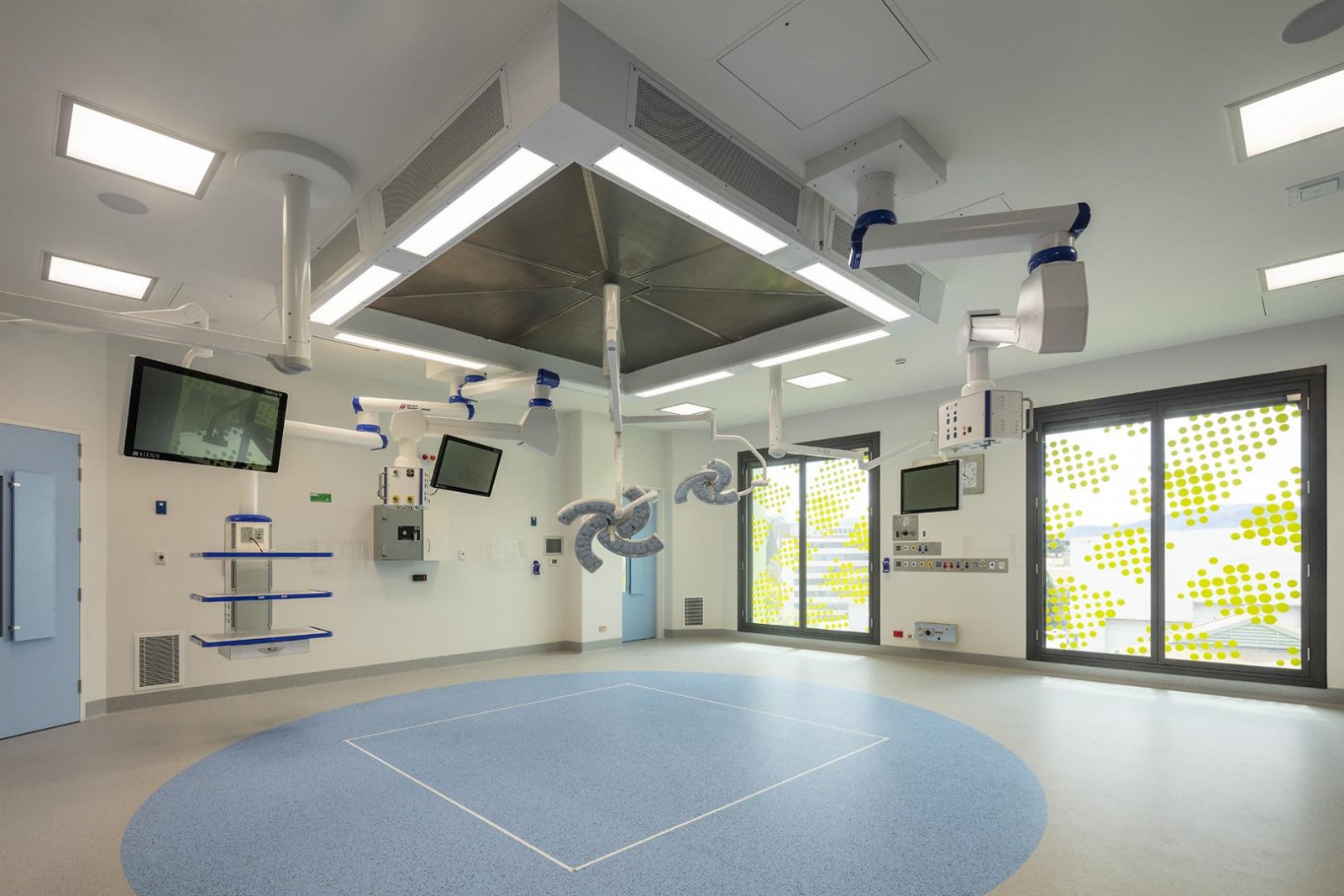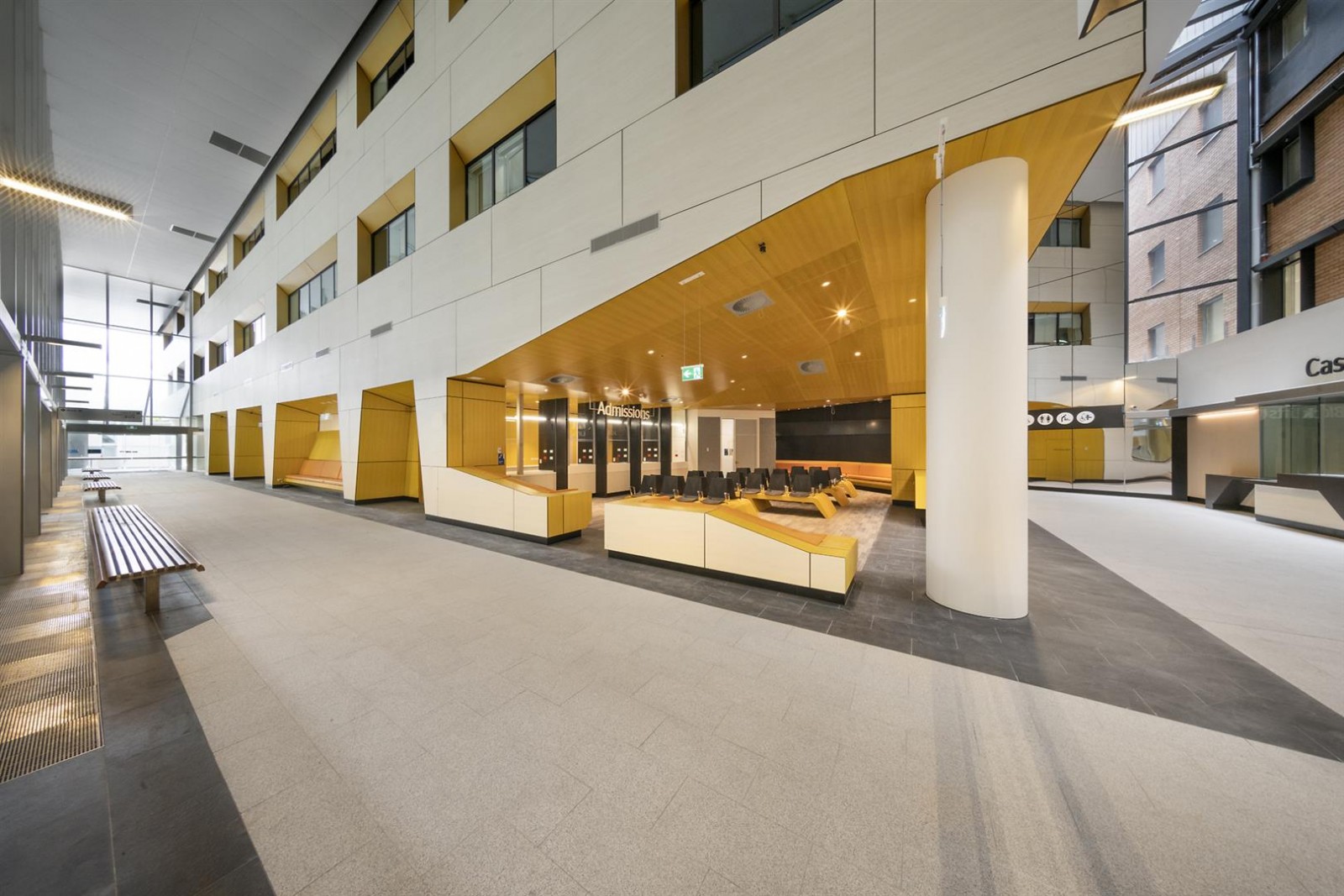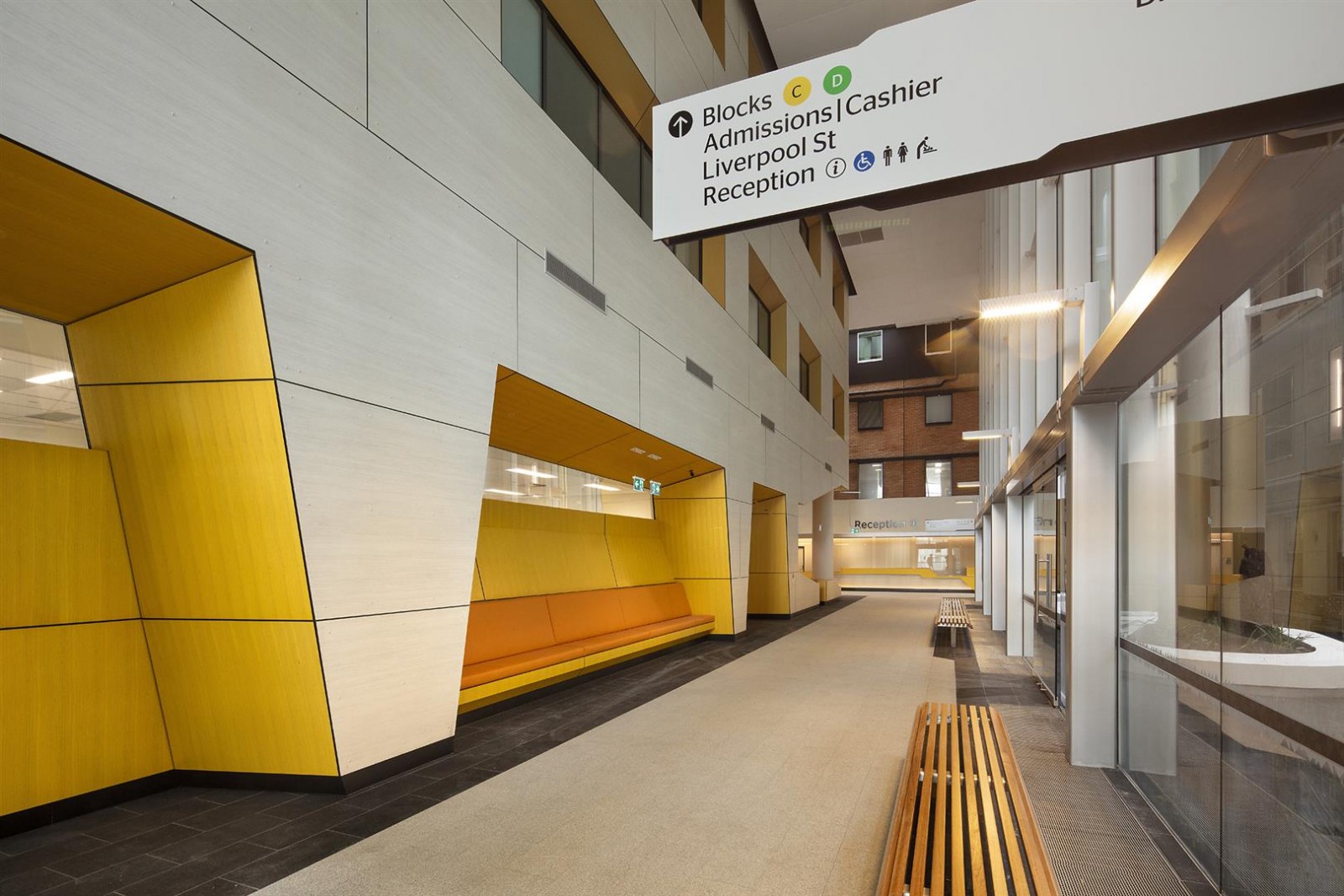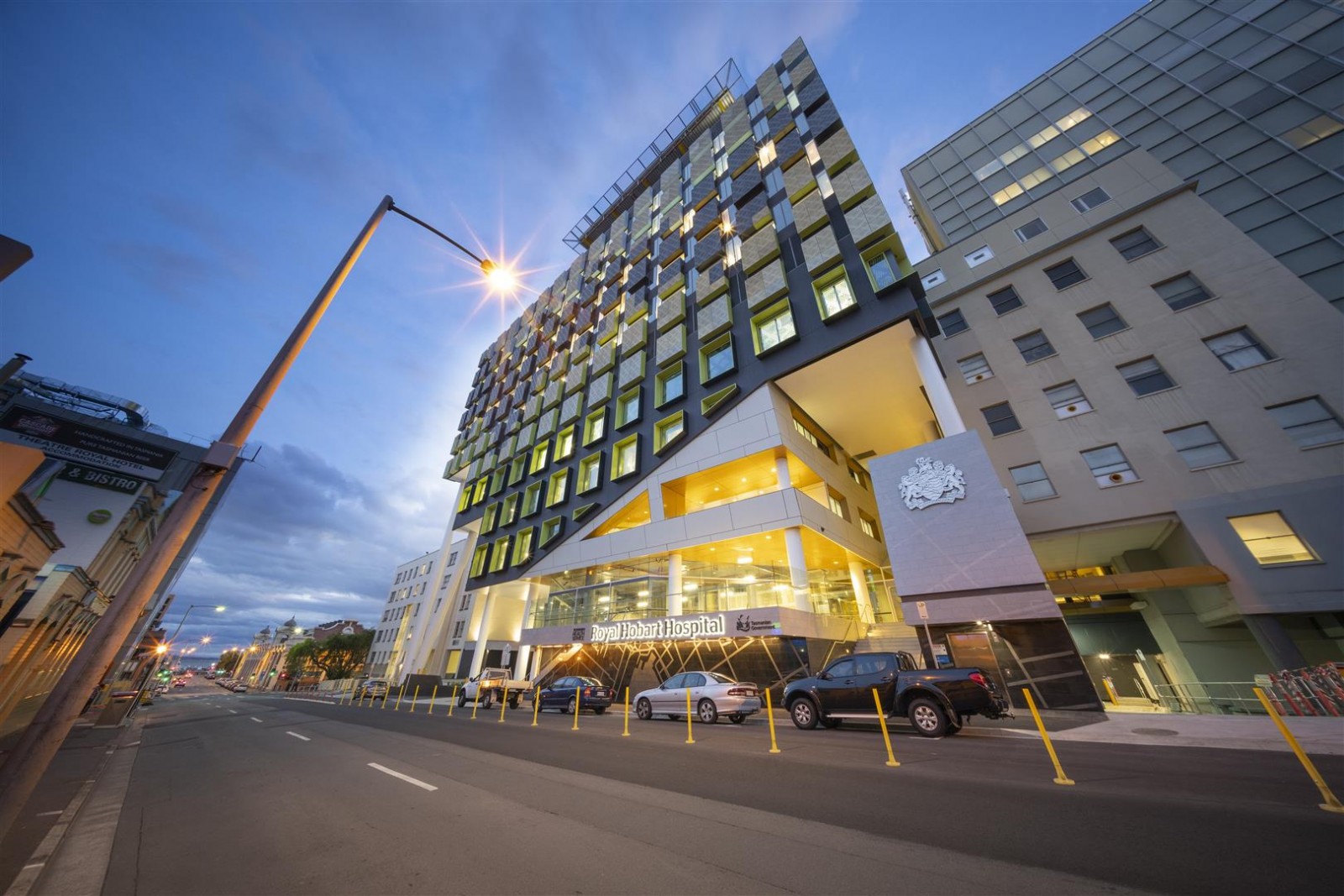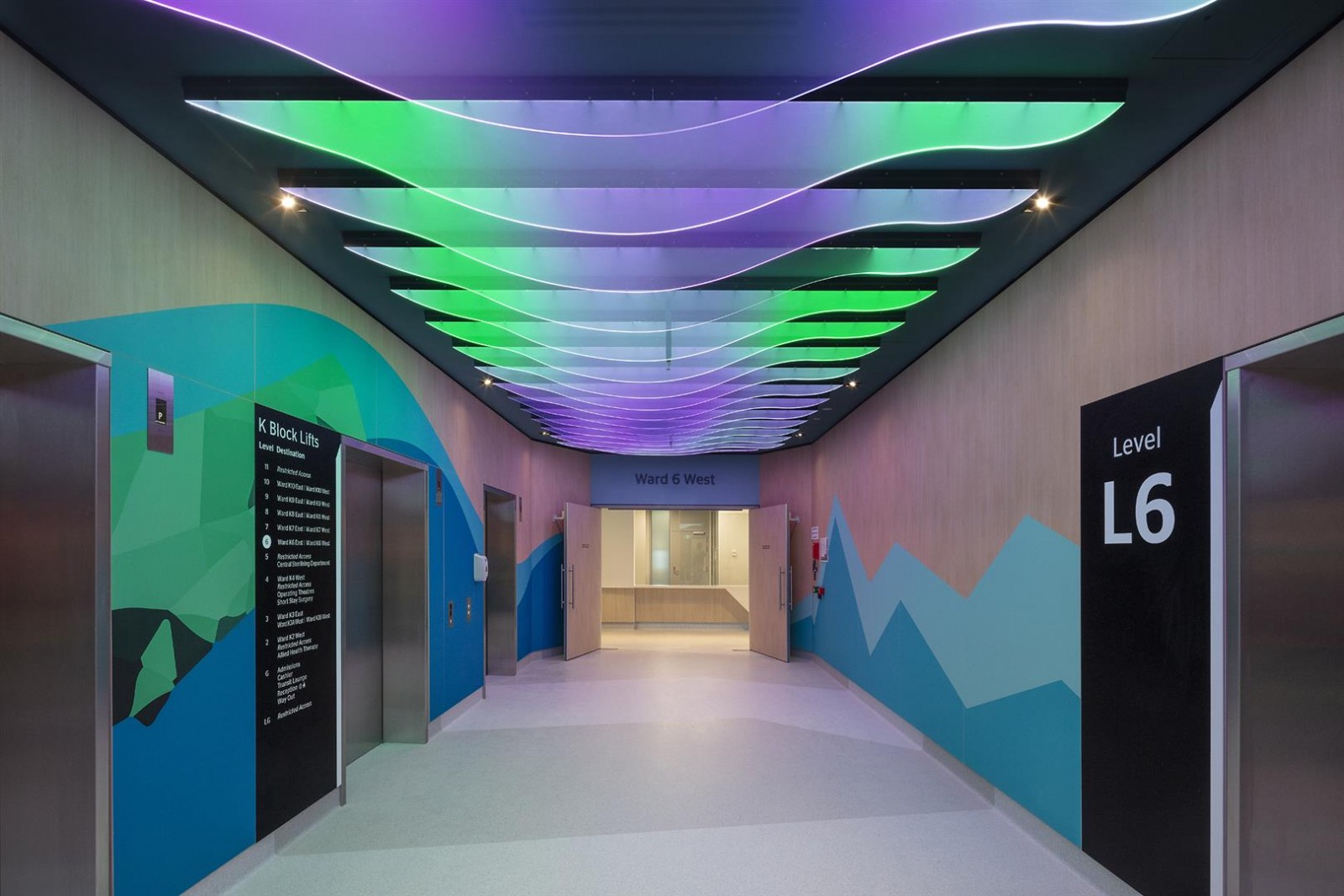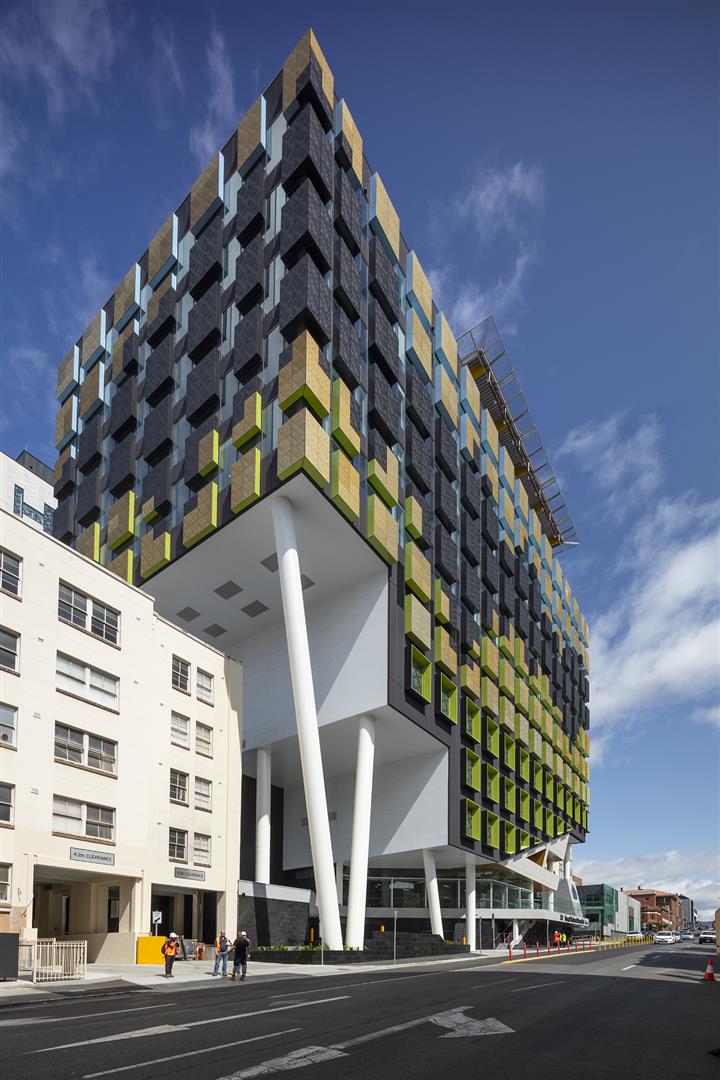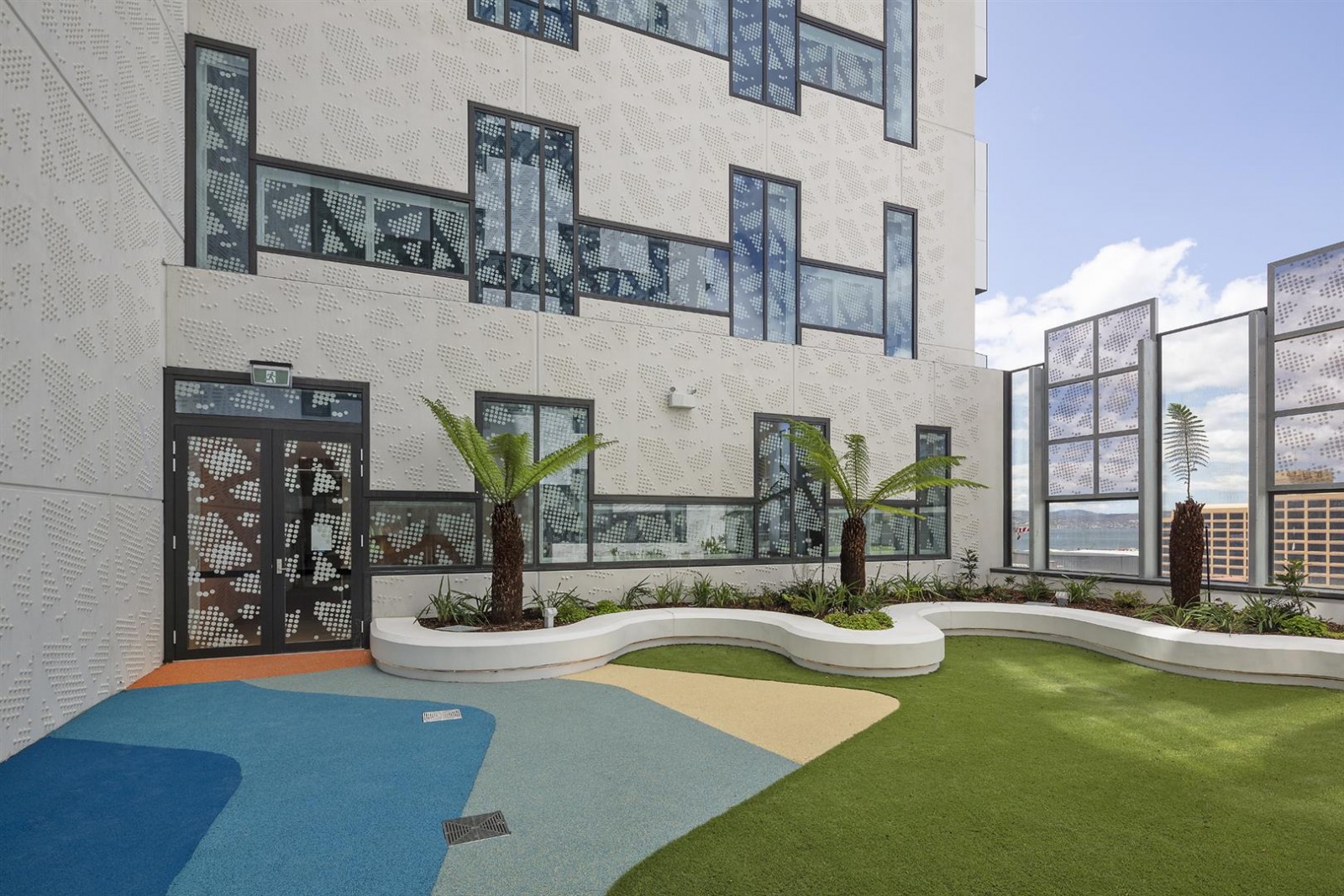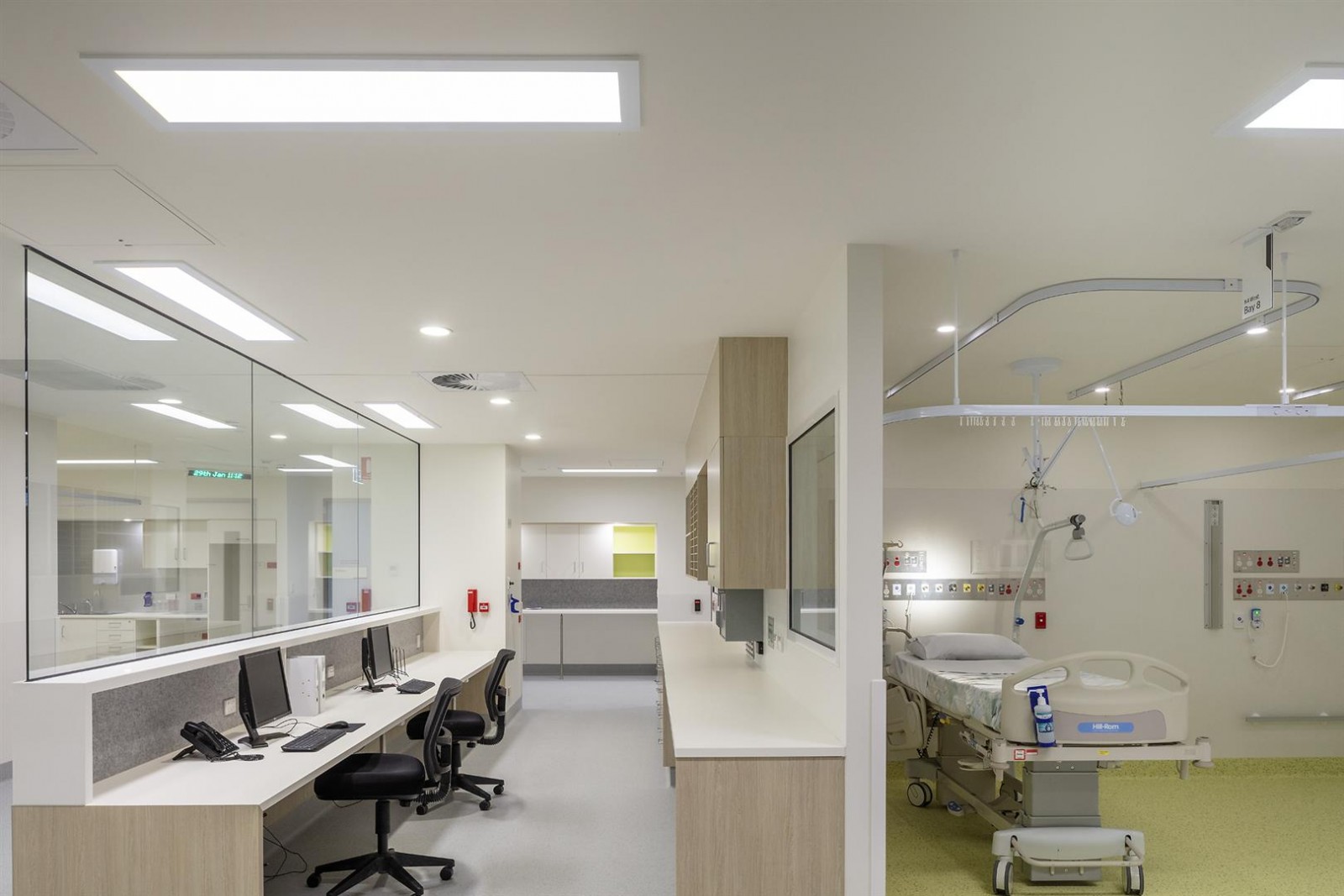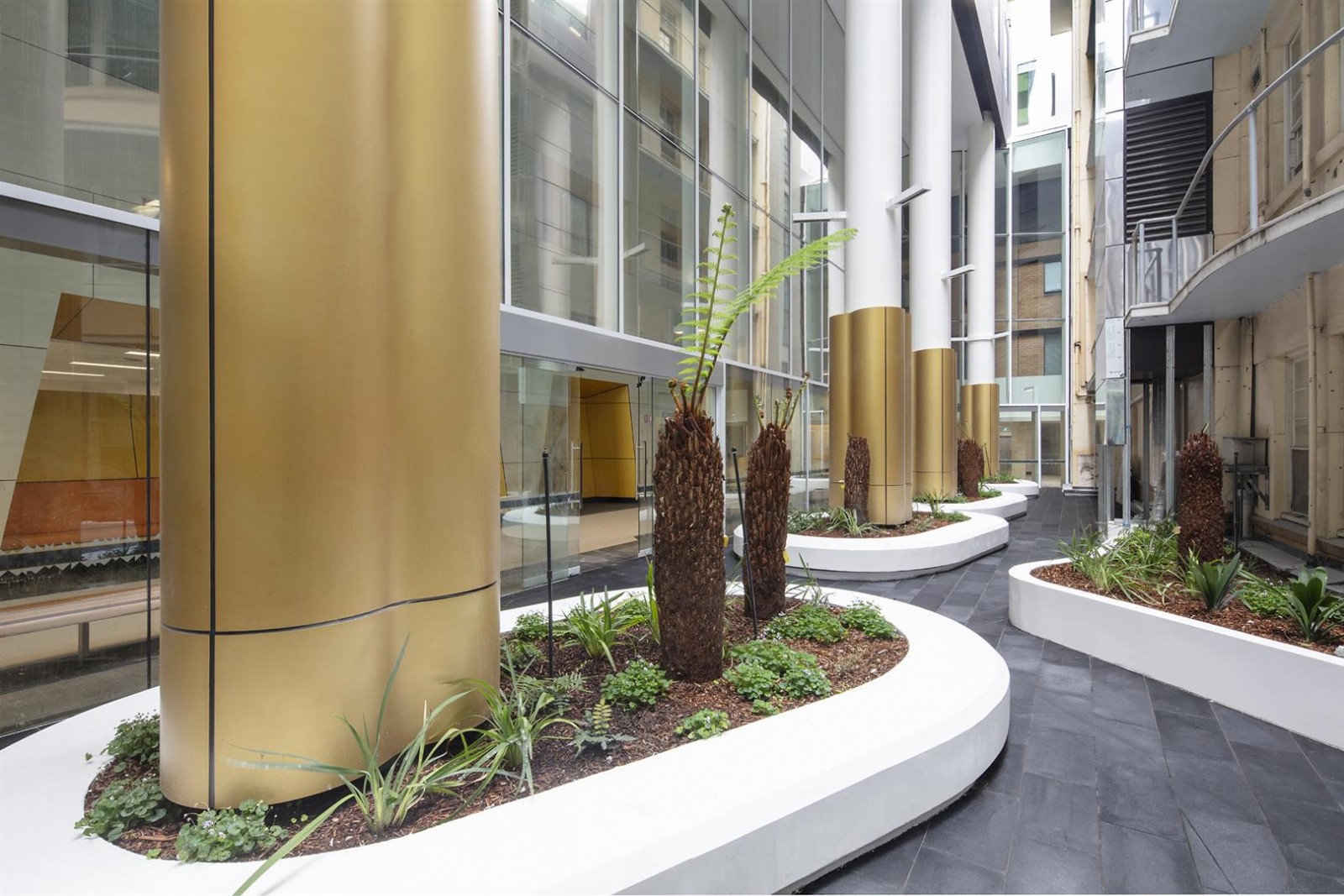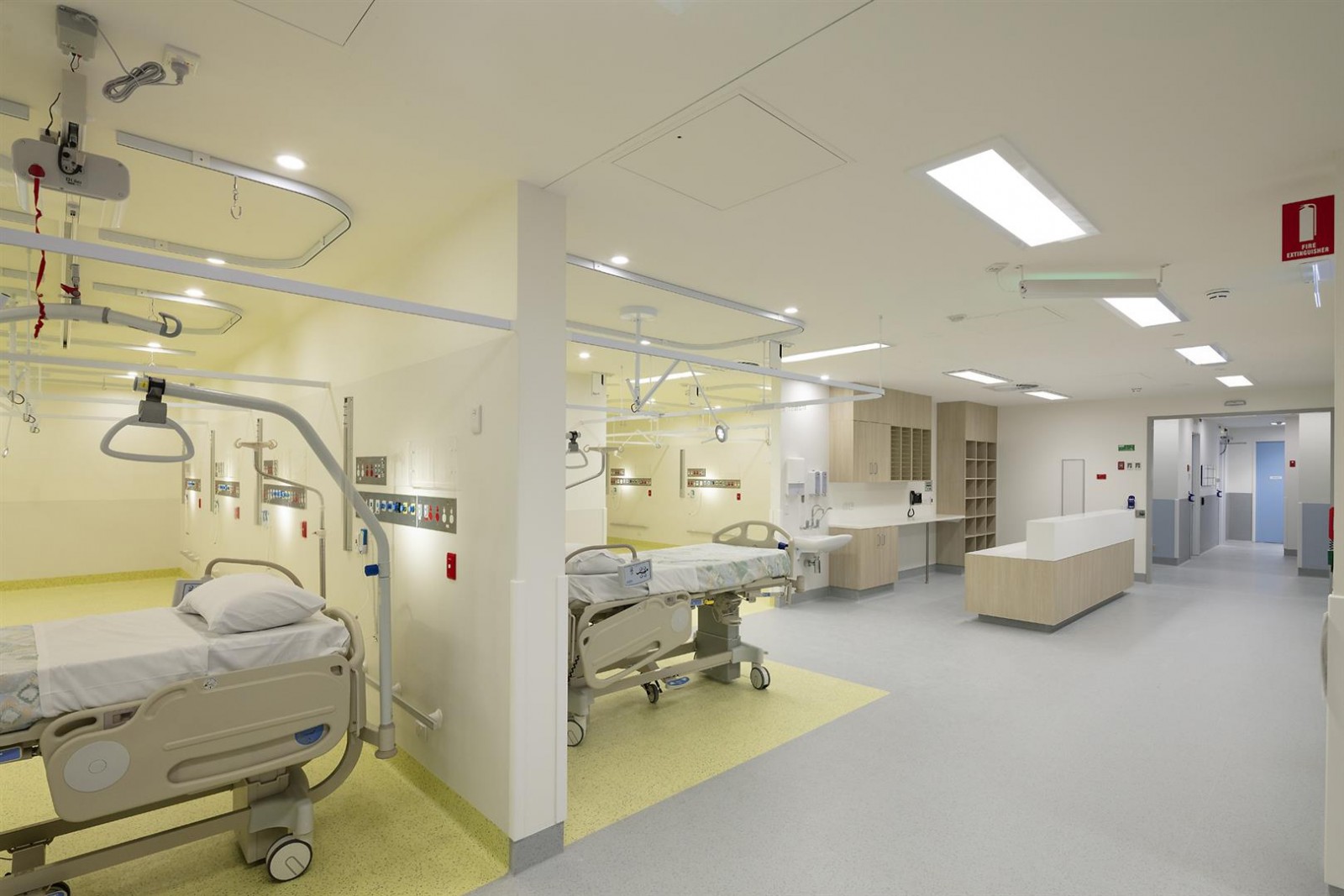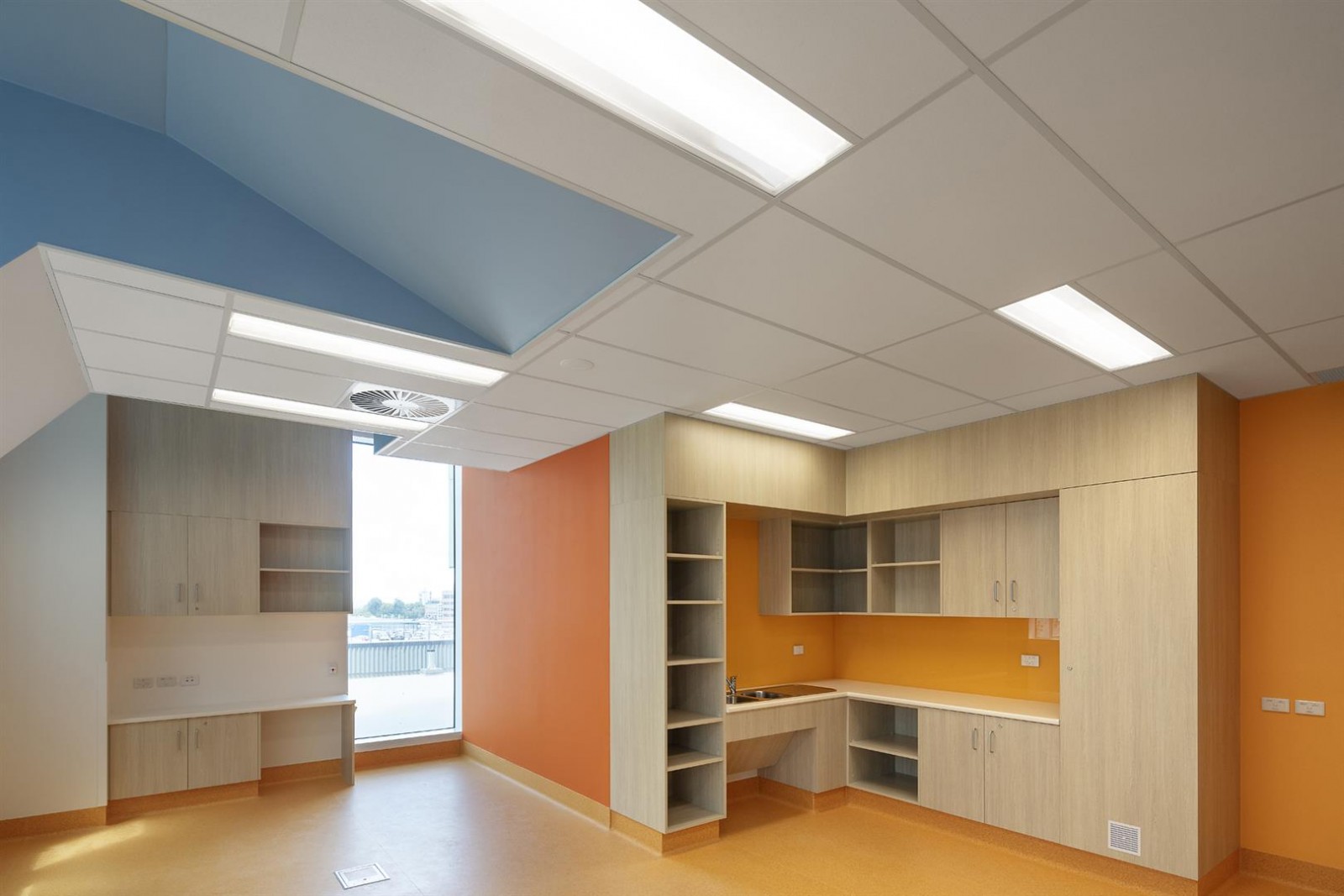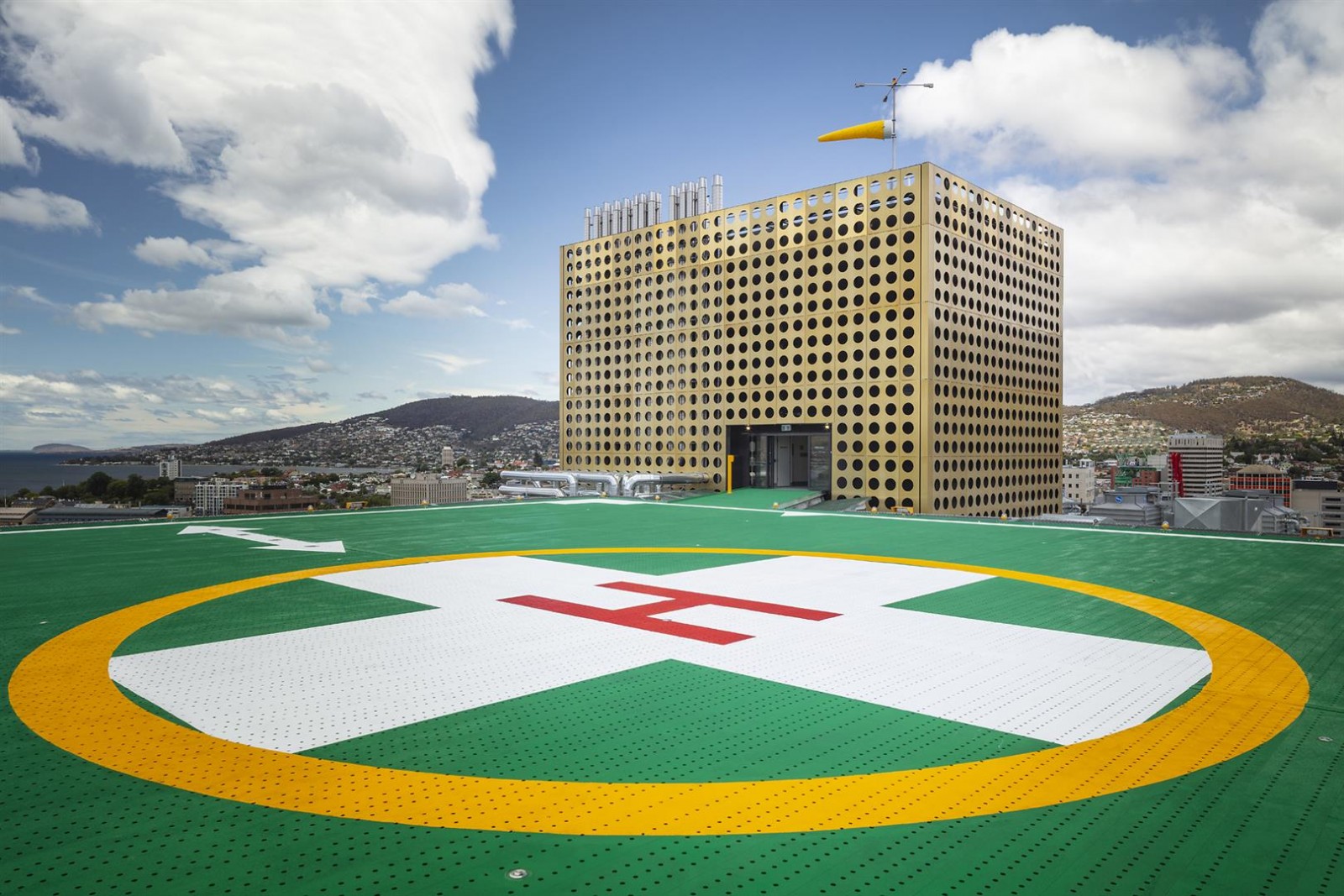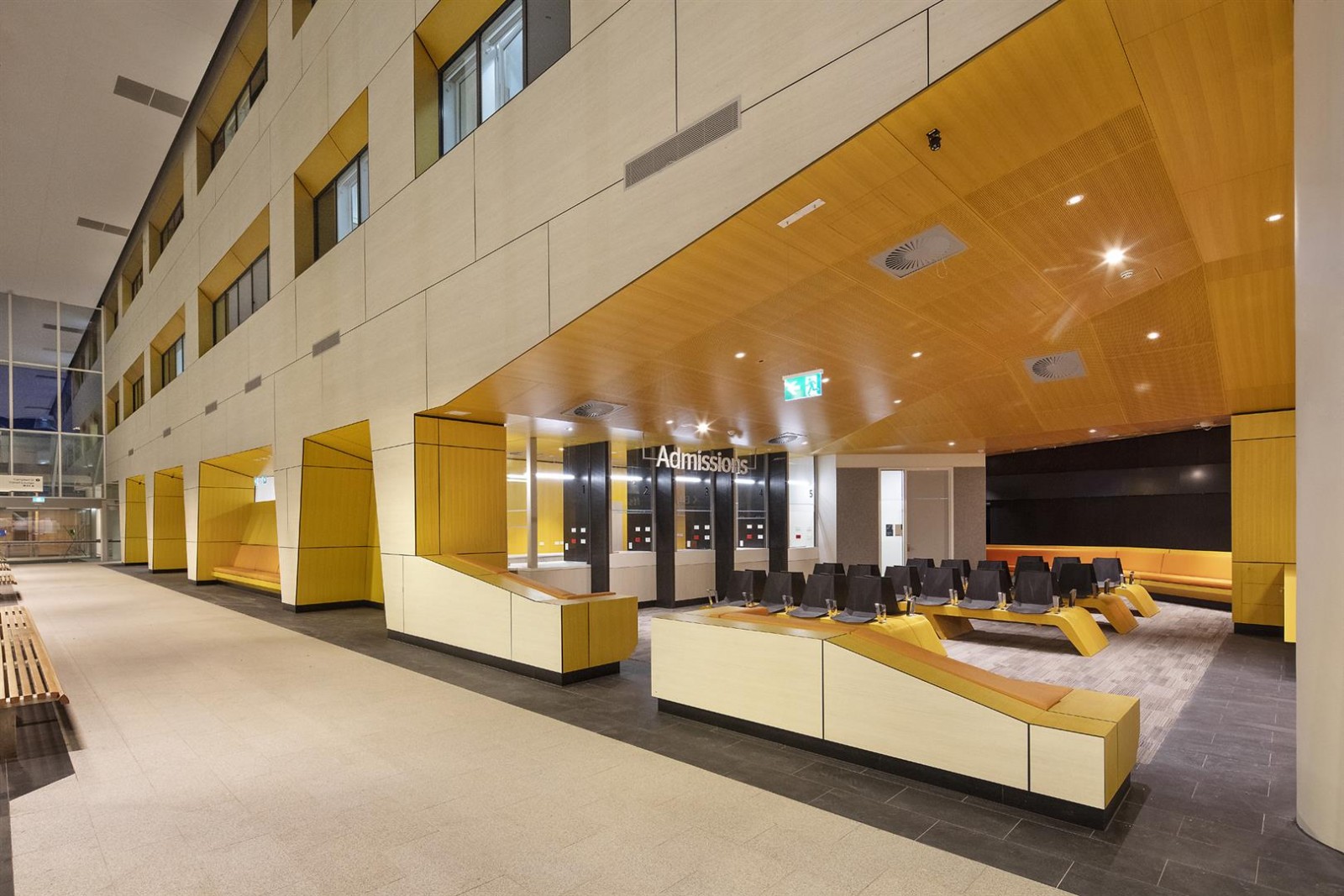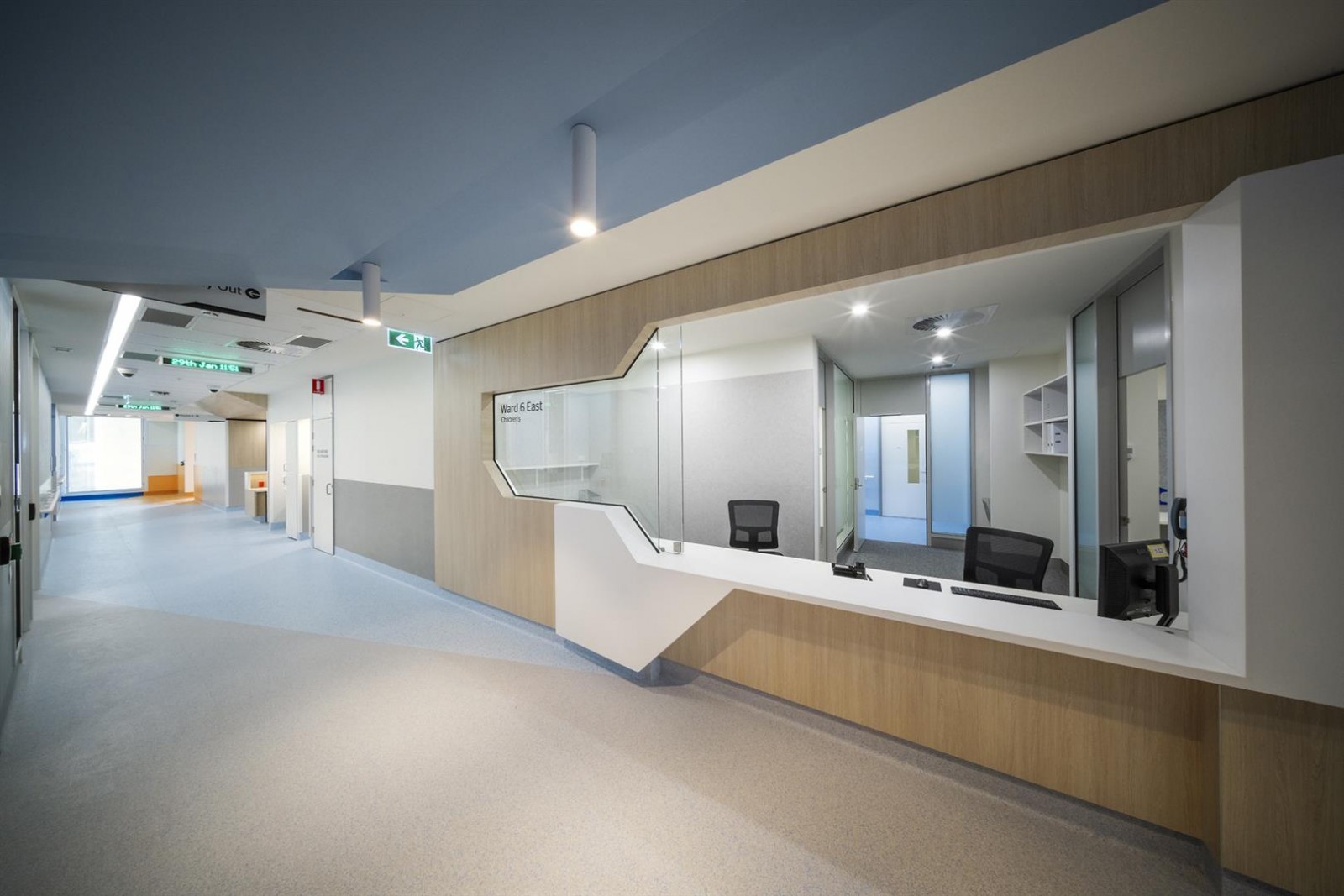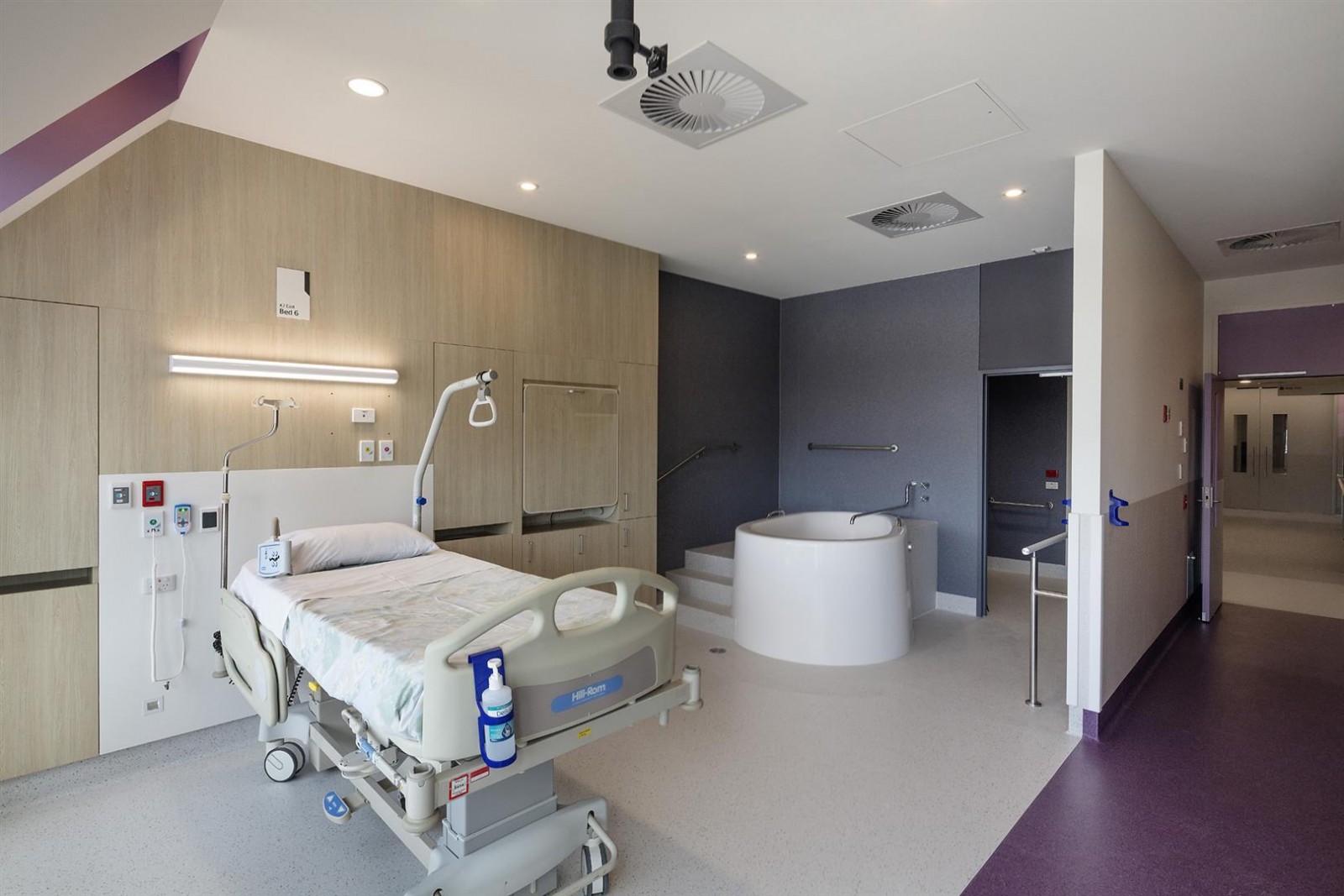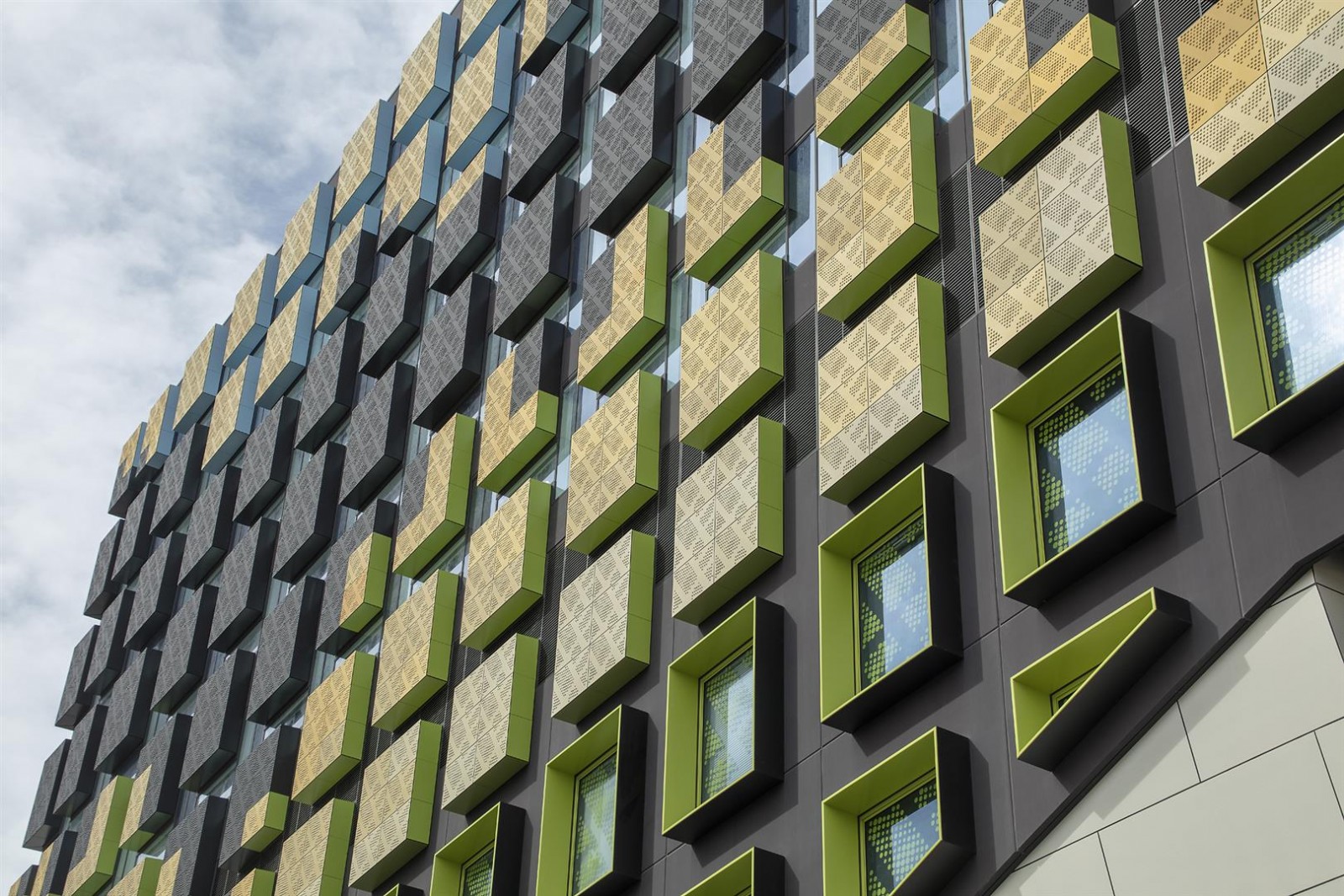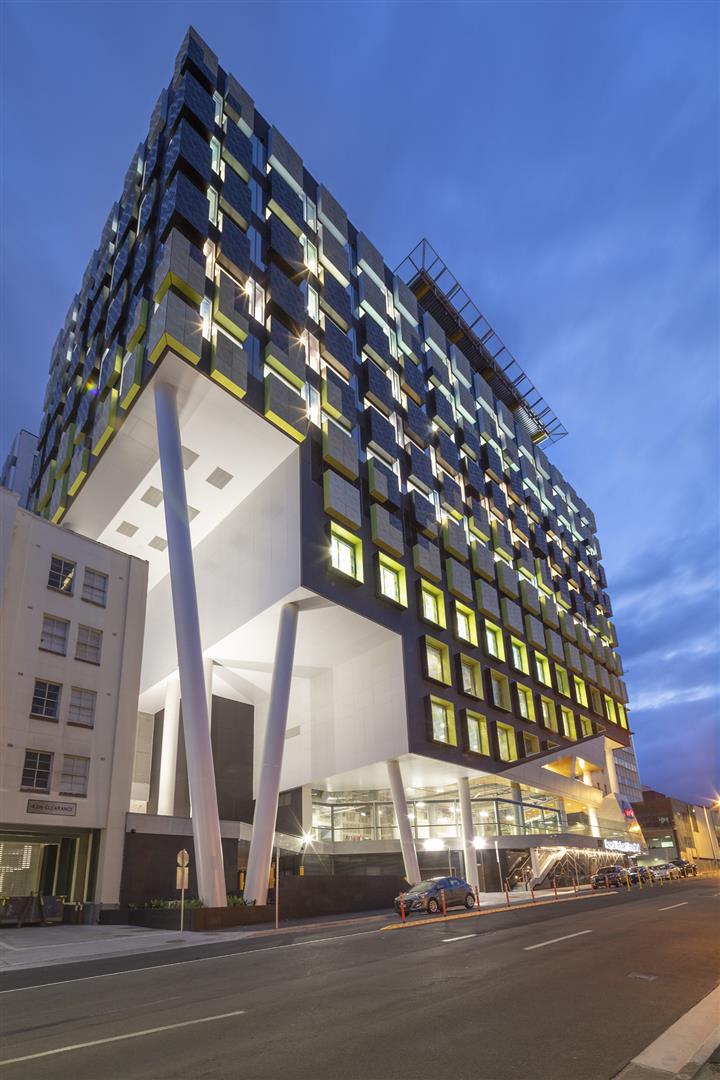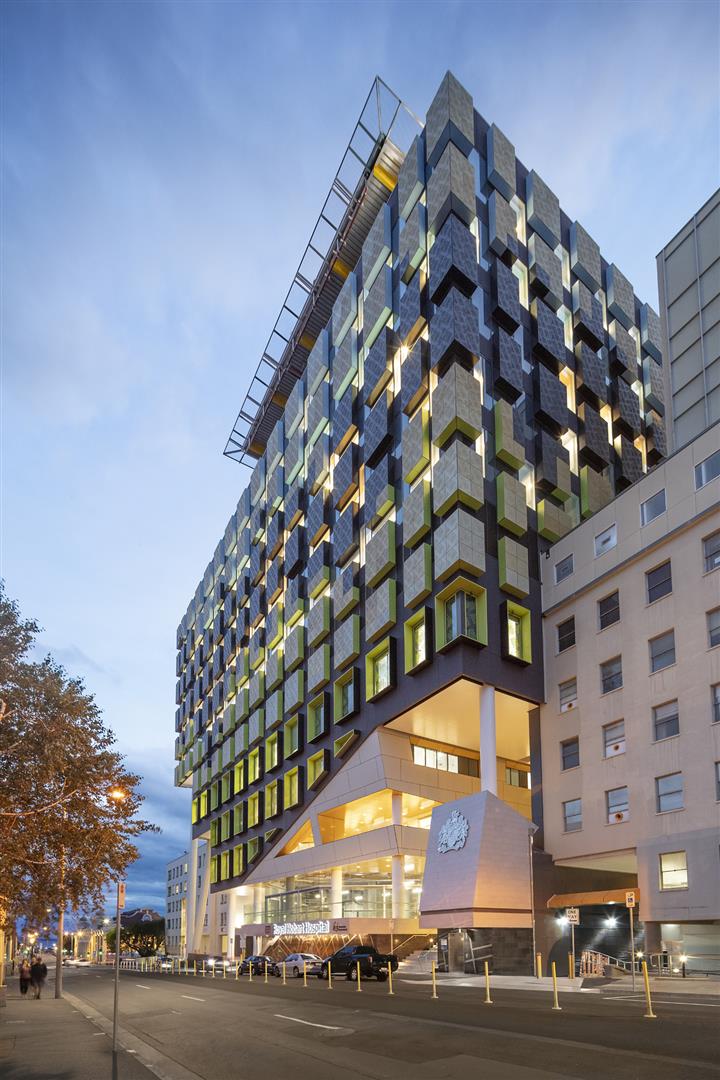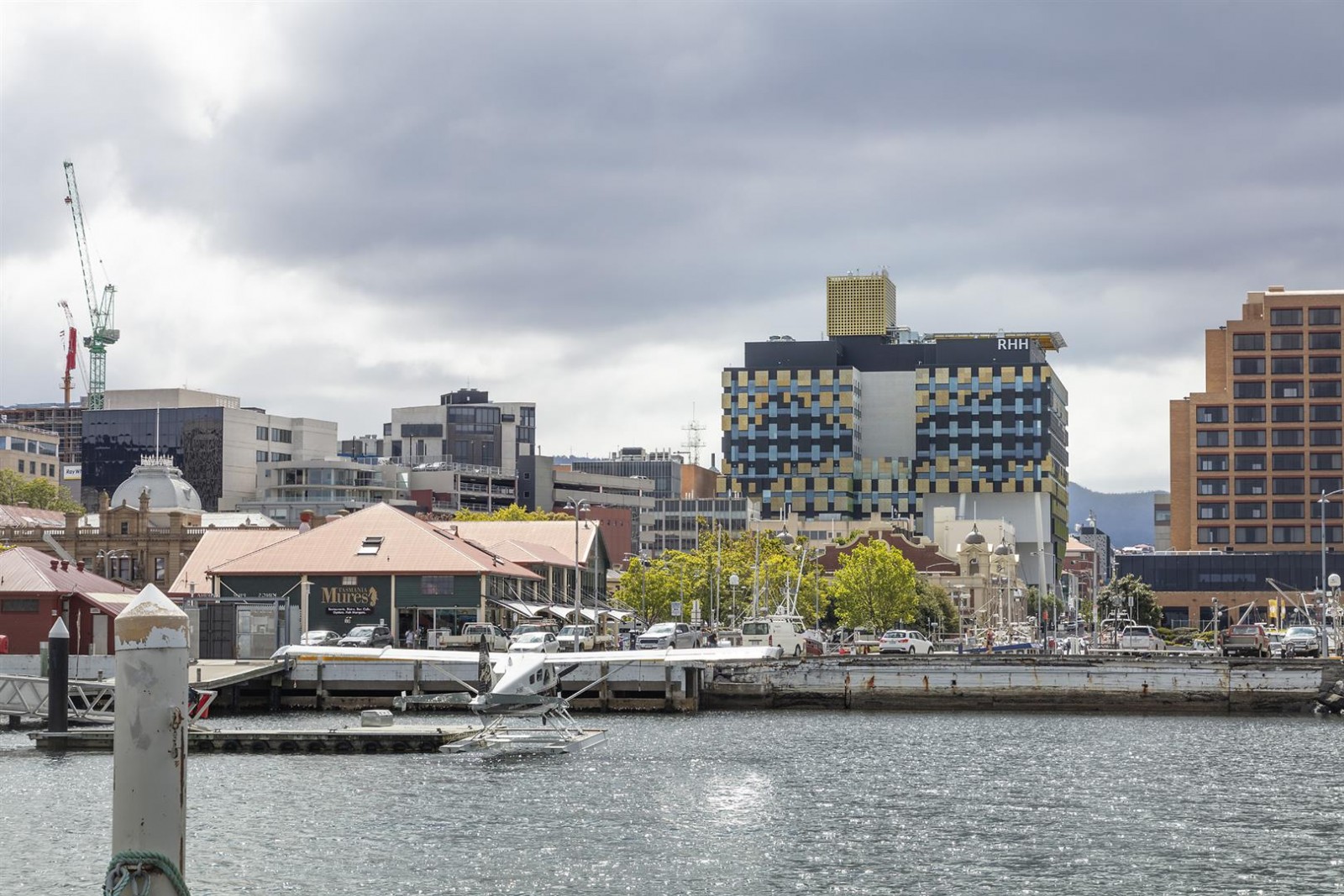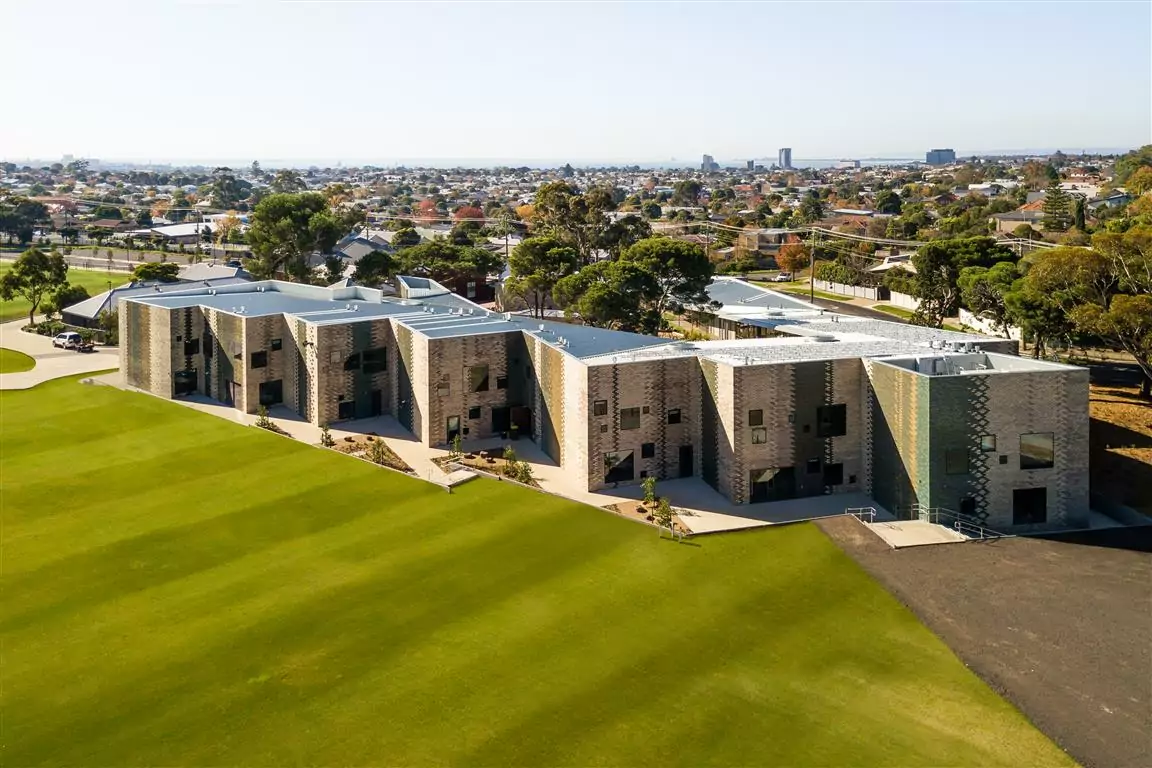Project Data
Client
Architects
Duration
Value
Completed
The Royal Hobart Hospital Redevelopment is the largest capital infrastructure project ever undertaken in Tasmania. The project consisted of the construction of 36,000m2 of new space and refurbishment of 11,000m2 of existing clinical areas, including operating theatres, endoscopy, paediatrics, maternity, mental health and women’s clinics.
Show more info
There were three distinct stages to the project. The first was the staged refurbishment of areas within the existing hospital, plus the construction and commissioning of temporary facilities for use as hospital operational areas. This was necessary to maintain the level of service to the Tasmanian population prior to demolition of existing buildings to make way for commencement of the new K Block.
The second stage involved the decanting of hospital operations from the existing Building B, which was then demolished. This included numerous physical connections, access ways and bridges between Building B and adjacent areas. All adjacent existing structures, including Heritage buildings, had to be protected during the demolition works.
The third stage was the construction of the new building (K Block). This new building contains full admissions services for the entire hospital campus, new operating theatres and CSSD, two floors of mental health wards and five levels of paediatric, adolescent, birthing and general wards.
The project was originally tendered in 2012 and the John Holland-Fairbrother Joint Venture was selected as the preferred Managing Contractor.
A range of client and stakeholder management issues soon became apparent, particularly relating to safety and operational issues associated with the original two-stage build methodology.
In May 2014, the Tasmanian Government established the Royal Hobart Hospital Redevelopment Rescue Taskforce to investigate the project and provide advice and recommendations on capital and operational risk profile of the project and RHH, construction methodology, decanting requirements and governance.
JHFJV worked proactively with the RHHR to develop an alternative single-stage build methodology, providing an improved working and operating environment for hospital staff, patients and the construction team. Part of this solution was the addition of a new temporary mental health facility to be constructed over the existing operational forecourt area. A modular solution was adopted.
Units imported from Victoria developed mould during transit, and the Joint Venture swiftly conducted on-site remedial work to allow patients to be transferred from the existing B Block building into the temporary facilities.
The demolition of B Block had to be managed very closely as it was surrounded on three sides by the remaining hospital buildings. For safety throughout the demolition process, and for sound acoustics during the construction of the replacement K Block, all the windows of the existing building facing the demolition site were reinforced. Perspex sheets were installed on all surrounding windows to protect the glass and create a double-glazing effect to dampen any sound. A high level of infection control was also employed, to prevent dust impacting patients, particularly immunocompromised patients.
Given the age of the existing buildings, asbestos was regularly found on site and was managed proactively on a case-by-case basis as soon as it was discovered and with the health and safety of workers and the community as the principal concern.
Safe management of this material included removing asbestos in existing ceilings under sealed and controlled conditions, and removing existing asbestos contaminated soils from the subfloor area using vacuum methods and sealing the area to provide a clean working environment.
A new helipad was also added into the scope following the review by the Rescue Taskforce, and JHFJV worked with the client and designer to incorporate this significant piece of infrastructure into the facility. This vital addition allows critically ill patients to be transported to the emergency department or theatres within a few minutes of landing at the RHH.
During delivery of the works, two interstate companies went into liquidation at critical stages of the project, requiring the engagement of new subcontractors to complete the works. Managing the associated industrial relations issues and on-boarding the replacement subcontractors quickly was a significant task to minimise the impact on the project.
The location in the heart of the city was a constant challenge for the site team and required comprehensive traffic management planning. Vehicle lanes were closed – some for the much of the duration of the project – and streets were often closed on weekends and at night to assist with material deliveries and significant crane works, including the installation of a Hyperbaric chamber.
The hospital’s new Hyperbaric chamber is worthy of special mention. The state-of-the-art multi-place chamber was built in Victoria and fitted out in Queensland. The 63-tonne chamber was transported on a low-height trailer from interstate via the Spirit of Tasmania and was installed with 300 and 400-tonne cranes.
In a first for the Southern Hemisphere, the chamber is fitted with dual-capability to pressurise (hyperbaric) and depressurise (hypobaric). This dual-capability chamber is a world-class research facility, the first with combined capability in the country and one of just a handful globally.
The John Holland-Fairbrother Joint Venture managed all the project’s challenges effectively and has succeeded in delivering a world-class hospital for the benefit of all Tasmanians.
